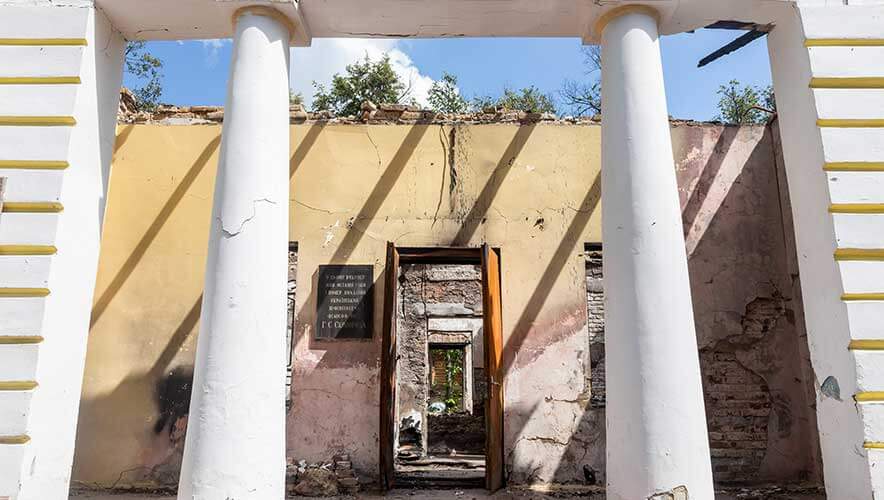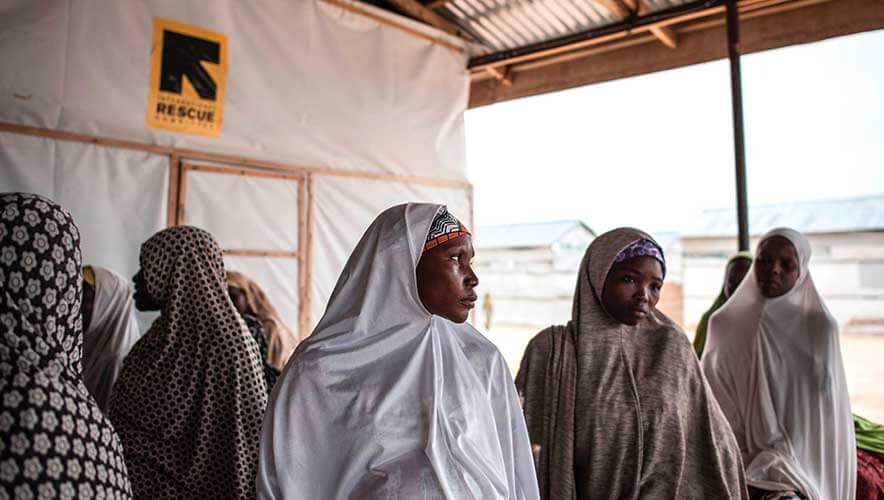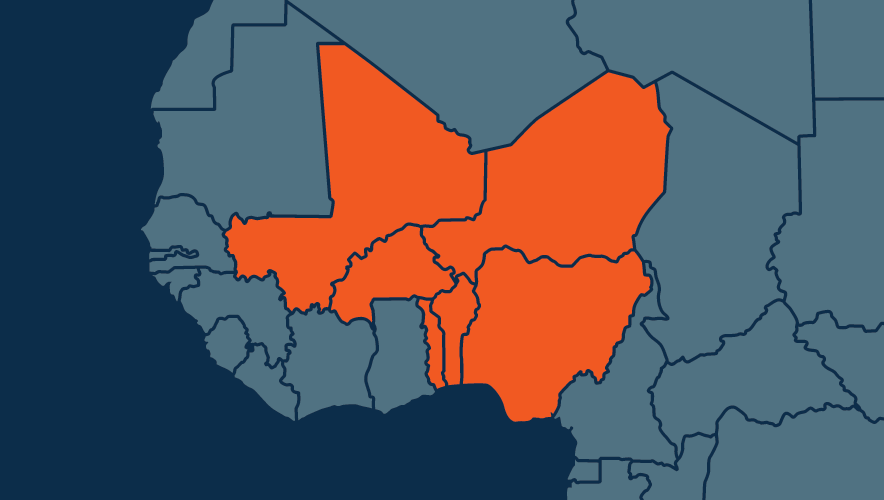The Impact and Opportunities of the Geopolitical Climate: Try Not to Overreact
Workforces, consumers, and students are living against a backdrop of geopolitical tensions over which they feel little control.
The geopolitical threats that now face are relatively new. Individuals leverage technology to breach borders in unprecedented ways. Artificial intelligence expedites the dissemination of disinformation. Extremists cross-pollinate their radical positions.
Clearly, we are witnessing the activation of a fundamental aspect of the human condition. When overstimulated by threats—whether directly or vicariously, through social or other media—the primitive, older, and highly sympathetic nervous system goes into flight, fight, or freeze mode in the blink of an eye. It takes 10 times that long for our younger frontal lobes to respond. In that gap, we experience anger or fear.
When at our best, we can manage our primitive reactions. However, our reactions become more difficult to regulate when stressed repeatedly by an eroded sense of control—the result of being bombarded, for example, by nihilistic narratives, ongoing discussions about threats to democracies, the tenacity of racism and inequality, and the despair posed by climate change. Emotional contagion sets in, individual resilience is compromised, and a vicious cycle of violence and conflict ensues.
As security professionals, our education and training around violence and conflict have given us the tools to support the up-skilling of those we serve and to interrupt the cycle of overreaction.
Various political and societal parties are strategically spotlighting differences in ideologies and positions, heightening a sense of division for their tactical advantage. This presents security professionals with an additional challenge: these tensions widened the preparedness perspective gap between security teams and the people whose safety they strive to support.
Two recent studies reflect this gap in perspective.
Global Guardian’s 2022 Safety and Security Survey found that 65 percent of surveyed security professionals believe that threats have increased since 2019. Almost all said that their crisis response plans were up to the new challenges.
In contrast, as reported by the UN Security Council in January 2023, six out of seven individuals worldwide are plagued by feelings of insecurity.
The discrepancy has added a new and complicated dynamic to threat assessment and management—one that can artificially elevate reactions to perceived threats and inadvertently escalate risks.
Acts of targeted violence and terrorism resulting from or influenced by geopolitical realities, particularly this past year, are tragically and intolerably high. However, most people are not trained to recognize the difference between those who only appear threatening and those who actually are. Targeted violence incidents remain statistically low base rate events. Still, they instigate acute pain, empathy, and media tension, which can cause some individuals to confuse behaviors that they associate with these events—vitriolic language, certain political ideologies, and even mental illness or firearm ownership—with the potential for violence.
This confusion can result not only in false reports but also the accumulation of vast amounts of well-intended (though useless) intelligence, wasting valuable and scarce resources. Worse, the perception—no matter how baseless—that “nothing is being done” in relation to reported threats undermines confidence in leadership and security’s ability to keep constituents safe. It can even elevate potential threat levels.
From the frontlines to the C-suite, security professionals have the opportunity to leverage and strengthen the tactics that the profession has been developing, to create cultures of safety that are fortified against overreaction.
65 percent of security professionals believe that threats have increased since 2019, a 2022 survey found.
Security professionals can routinely employ cross-disciplinary approaches to threat assessments, engage in crisis communication, listen deeply, build strong relationships ahead of incidents, and demonstrate respect for diversity of thought to maximize our ability to engage in unbiased decision making.
Through a behavioral threat assessment lens, we see the need to work diligently with the majority of those who reportedly pose threats but are, in fact, of low concern from a violence risk perspective. Often these low-risk individuals share the incredible anger displayed by their higher risk counterparts—an anger that often masks the depression, anxiety, and substance abuse that have consistently been ranked among the top 25 global diseases.
These conditions adversely impact well-being. They are associated with an erosion of resilience and tolerance, which can translate into behaviors that disrupt the workforce.
Too, these conditions require security professionals to implement risk mitigation strategies that temper limit-setting with compassionate interventions. Managing risk requires engagement with human resources, employee assistance programs, or community-based providers. These demonstrations of proactive intervention heighten the sense of psychological safety in the workplace.
Security professionals rely on contextual intelligence, focusing both on the broader landscape of our work and specific threats that we are managing.
The current geopolitical conflicts have contributed to generally heightened feelings of threat. As Radek Sikorski, 2023 GSX keynote speaker and Poland’s Parliamentarian, has stated, we need to go beyond responding to these threats. We now move in a world in which we must proactively “de-risk” our environments. Helping those we serve to refrain from overreacting is crucial to accomplishing this priority.
Diana Concannon, PsyD, PCI, CTM, is a forensic psychologist with more than two decades’ experience conducting violence risk assessment, threat assessment and management, and crisis interventions in myriad contexts. She is dean of the California School of Forensic Studies at Alliant International University and principal at CPW Consulting Group Inc., which recently acquired Specialized Training Services, the publisher of the WAVR-21 workplace and campus violence threat assessment protocol.
Concannon currently serves as chair of the ASIS International Extremism and Political Instability Community.



















